Digital Impressions and CAD/CAM Systems
CAD/CAM (computer-aided design and manufacturing) technology is widely used in digital dentistry, as well as industries like automotive, to streamline the design and production process. Although CAD/CAM technically refers to design and manufacturing phases, in dentistry it covers the entire workflow: from intraoral scanning, digital design, to milling or 3D printing and final implementation.
This process can be as fast as 40 minutes, allowing for treatments like single visit restorations to create dentures, crowns, bridges, veneers, and inlays.
Imagine a patient needing dentures. With CAD/CAM technology, the process is streamlined. First, the dentist uses an intraoral scanner to capture a quick digital impression, showing the patient a 3D model of their mouth in just 2-3 minutes.
Next, the dentist designs the dentures using CAD software, allowing the patient to see and approve the final look. Any adjustments can be made instantly.
Once approved, the design is sent to a 3D printer or milling machine to create the dentures. The patient then receives their custom-made dentures, often in just one or two visits. This digital workflow: scanning, designing, and manufacturing, makes the process faster, more accurate, and comfortable for the patient.
Integration of Augmented Reality (AR) and Virtual Reality (VR)
Augmented and virtual realities are already being actively used in patient care and dental training.
AR improves real-world environments with digital overlays, allowing dentists to visualize detailed treatment plans directly on the patient’s anatomy. While, VR immerses users in fully digital simulations, making it invaluable for training and complex procedure planning.
Augmented Reality is already being used in dental implantology for guided surgery. Tools like CARES Visual by Straumannoverlay virtual models of the patient’s anatomy during surgery, helping dentists place implants with greater precision. The AR overlay provides real-time visual guides on the patient’s mouth, reducing the margin for error and increasing the success rate of procedures.
Virtual Reality is widely adopted in dental education. Platforms like Simodont Dental Trainer allow students to practice dental procedures in a fully immersive virtual environment. They can perform anything from simple cavity preparations to more complex surgeries, getting real-time feedback without needing to work on live patients.
Challenges and Considerations in Adopting Digital Dentistry
Here are the most common challenges in dentistry that alongside with cost of technology lower the adoption rate of digital dentistry practice.
Overcoming the Initial Investment and Learning Curve
Digital technology in dentistry requires significant financial investment in equipment and software, as well as time for training. This initial hurdle can be daunting for many dental practices, particularly smaller ones.
Ensuring Data Security and Patient Privacy
With the shift to a digitwal dental system comes the responsibility to safeguard patient data. Ensuring compliance with data protection regulations, such as HIPAA, is essential to maintaining trust and avoiding legal issues
Keeping Up with Rapid Technological Advancements
As technology evolves rapidly, dental professionals must continuously update their systems and workflows to stay competitive. This can be resource-intensive and require ongoing investments.
Training and Education for Dental Professionals
Proper implementation of digital dentistry tools necessitates specialized training for dental teams. Without it, leveraging the full potential a digital dental system can be challenging, leading to inefficiencies.
Future Prospects of Digital Dental Transformation
Emerging Technologies on the Horizon
Technologies like AI, 3D printing, AR, and VR will continue to evolve, making dental treatments more precise and efficient. Innovations like nanotechnology and advanced biomaterials could also enhance restorative procedures.
The Role of Digital Dentistry in Personalized Patient Care
Digital tools will enable highly customized treatment plans based on each patient’s unique anatomy and needs. AI-driven diagnostics and predictive analytics will allow for more accurate, patient-specific solutions.
How Digital Transformation Will Shape the Future of Dentistry
Digital advancements will streamline workflows, reducing treatment times, improving patient outcomes, and minimizing human error. Modern dentistry will shift towards more preventive care, with real-time monitoring, early diagnosis, and minimally invasive treatments.
Final Thoughts
Although the complete adoption of digital workflows in dental clinics is not yet the norm, the industry is gradually moving toward it. Many experts agree that these systems offer a strong return on investment in the long run, as patient satisfaction with digital technologies is notably high. Therefore, many clinics are planning to integrate these solutions into their practices in the near future.
For dental digital solutions, fill in the form, and our managers at inVerita will arrange a free consultation to discuss digital dental transformation options for your practice. 
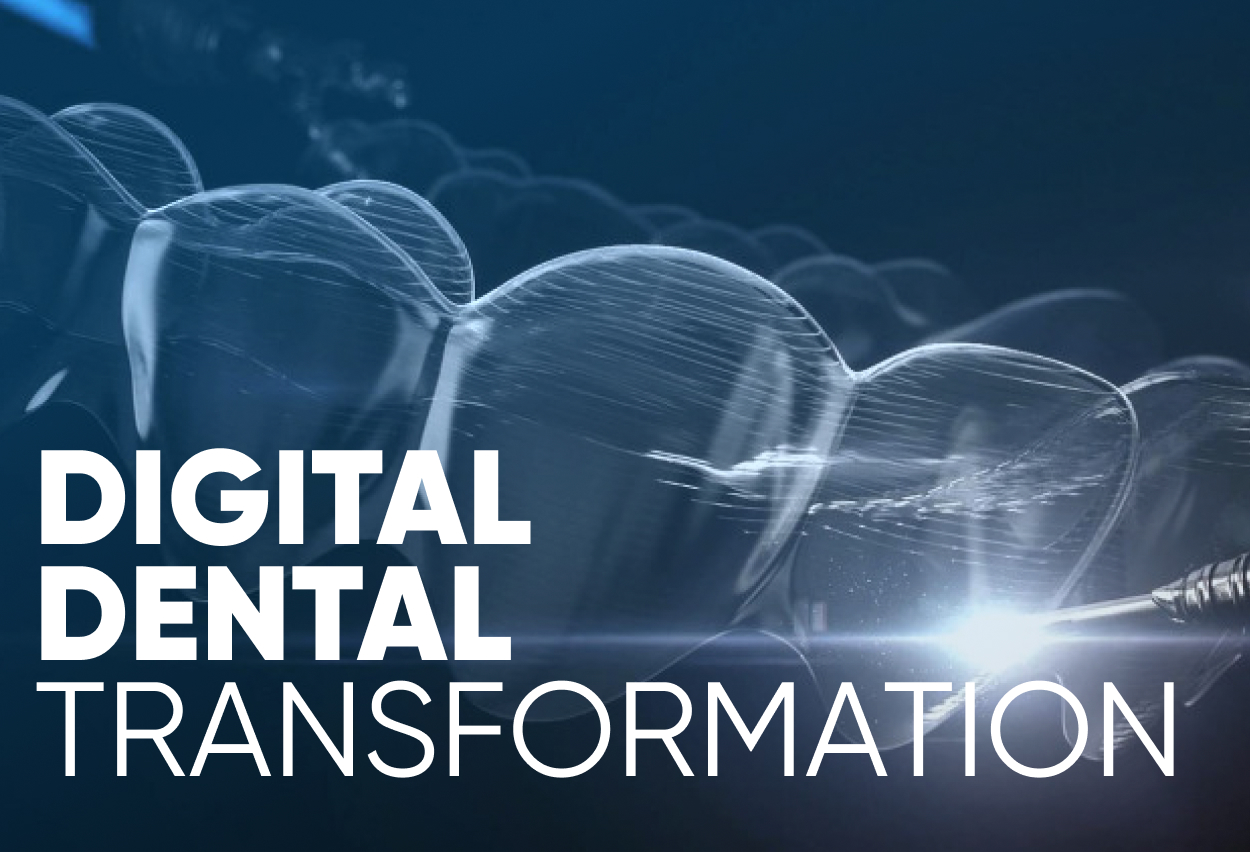


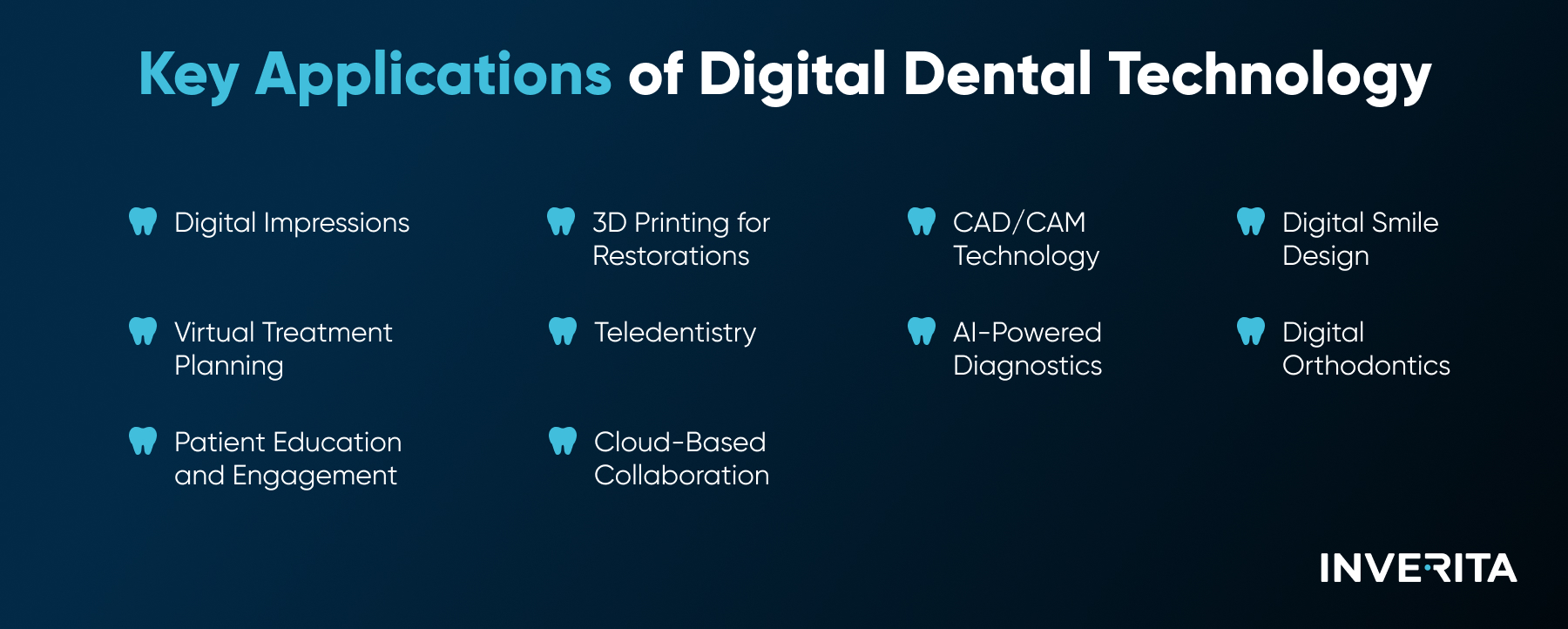
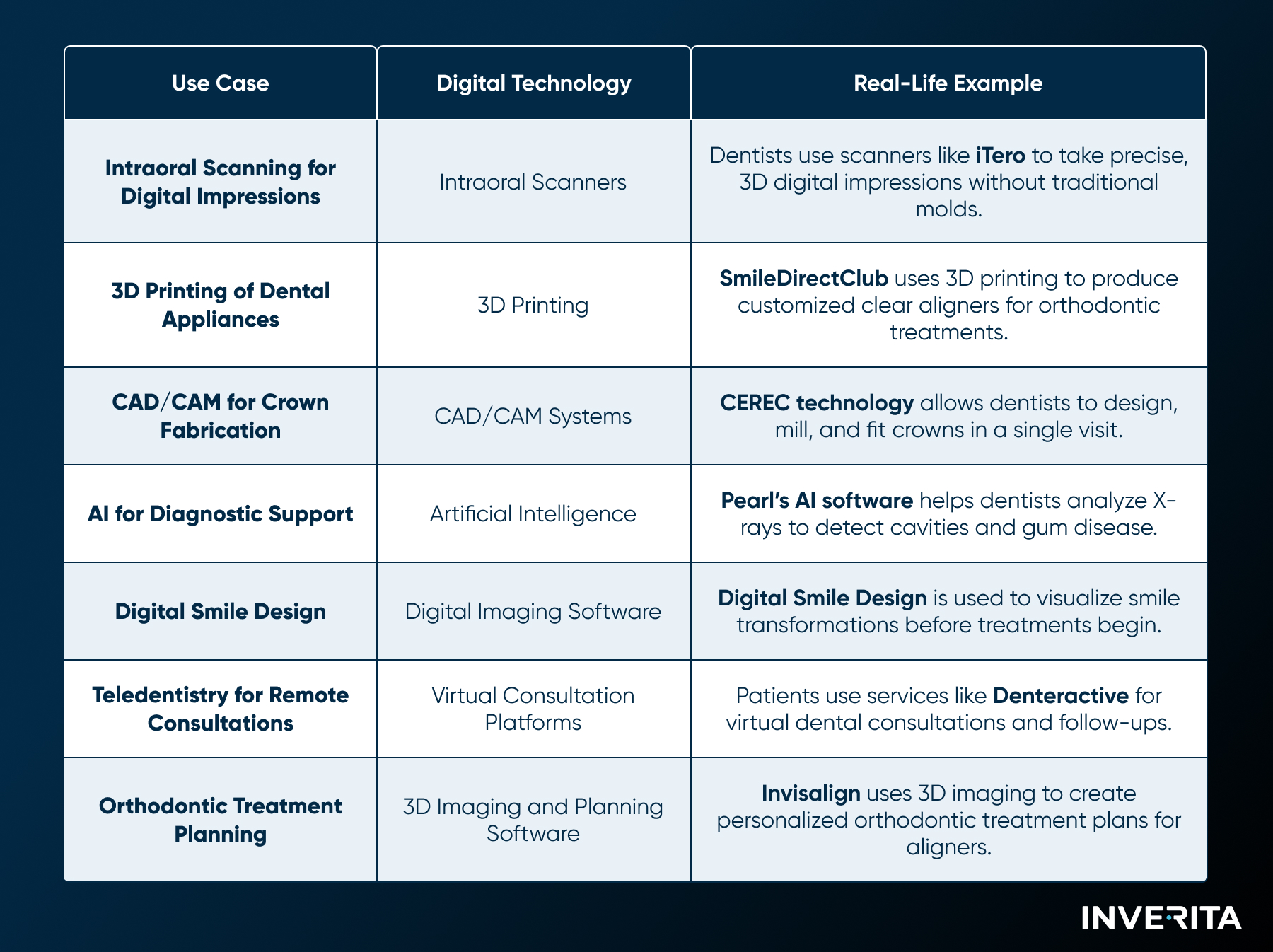
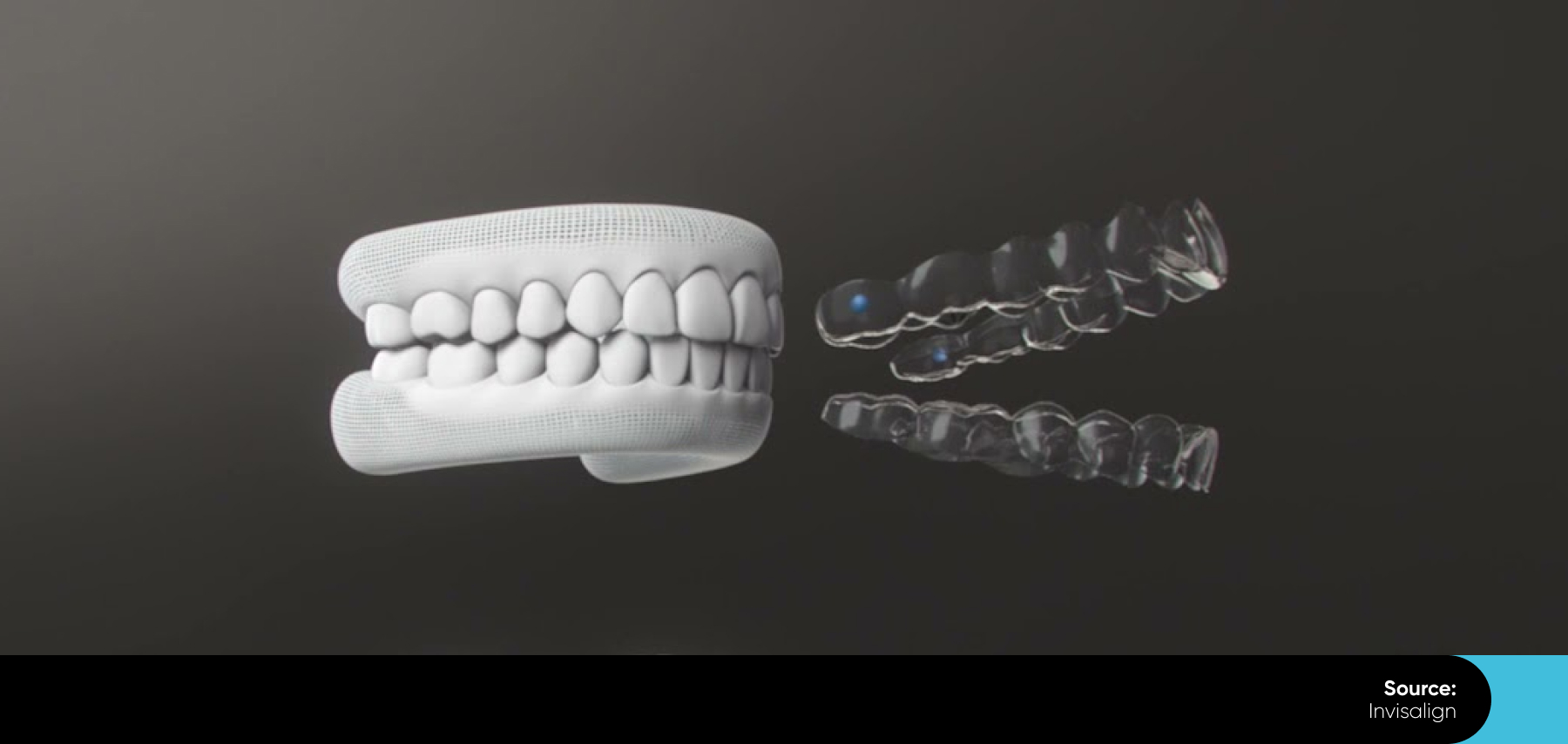
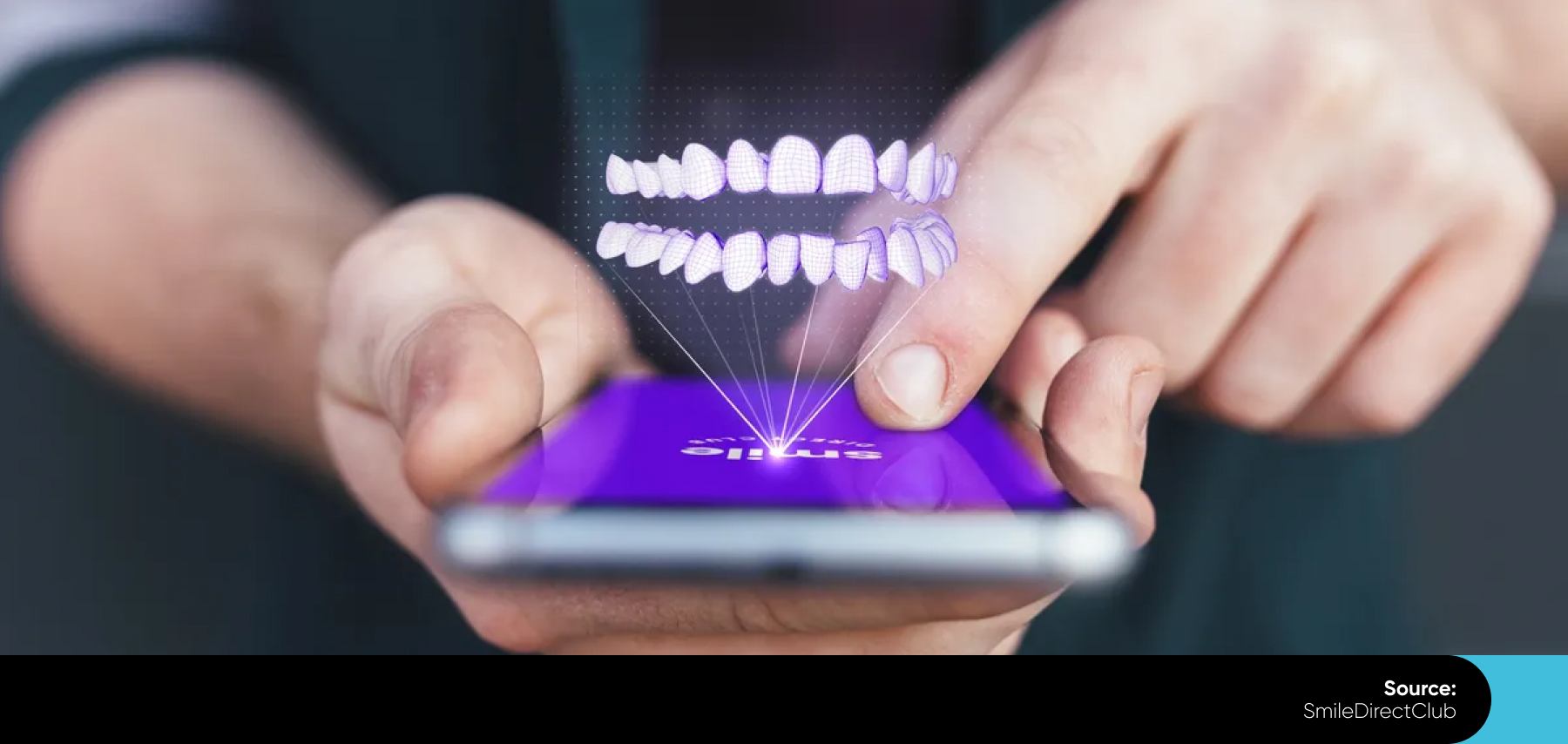


_1764586939-small.webp)
